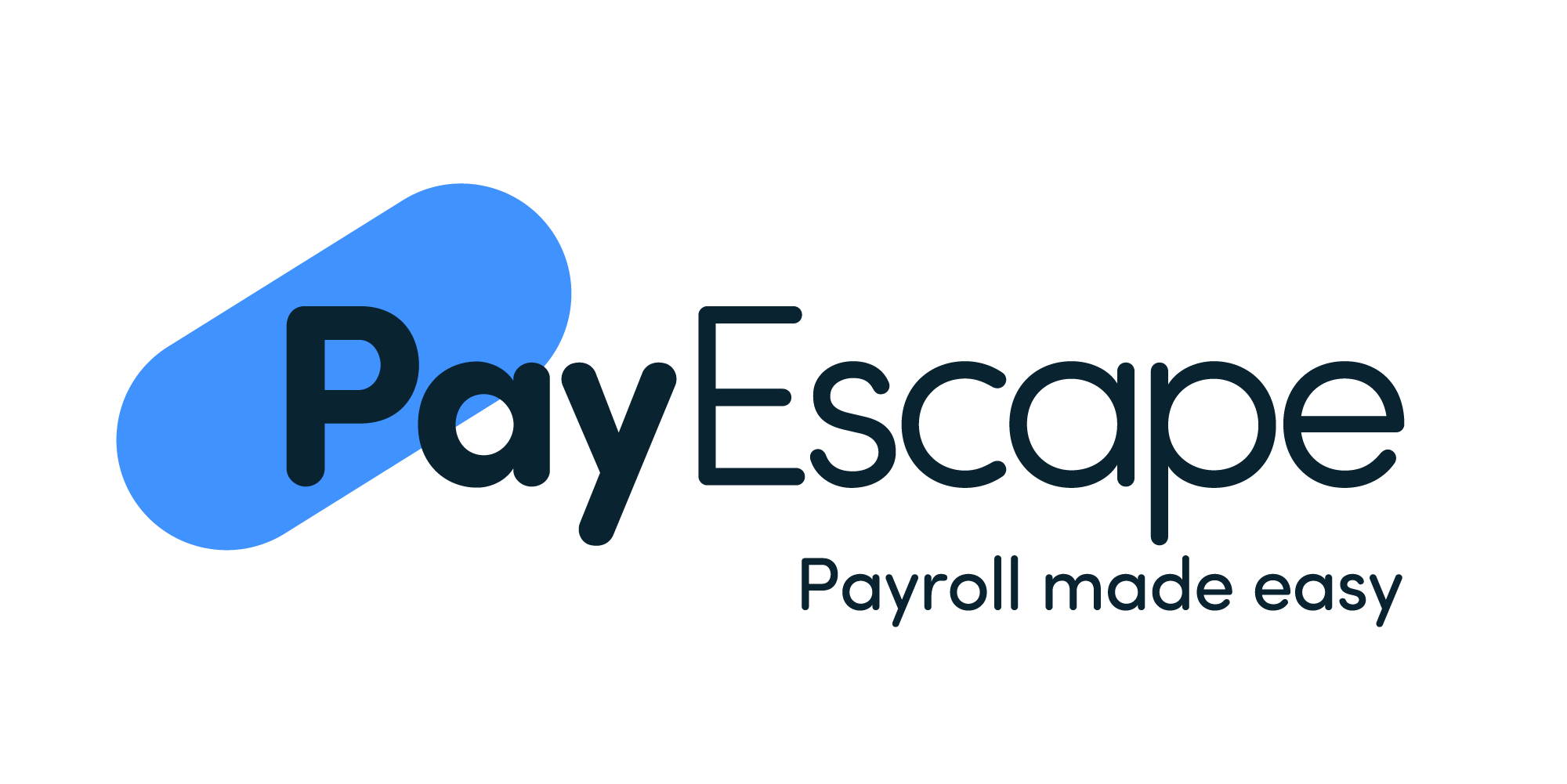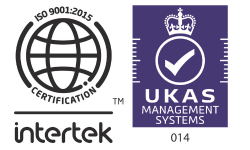15% of working-age adults were estimated to have a mental disorder in the last five years, and with more and more people opening up about it, it’s becoming more widespread and recognised amongst adults and in the workplace.

All modern day businesses should have a mental health program or a hr consultant they can talk to, because believe it not, there is a global estimation of 12 billion working days lost every year to depression and anxiety at A cost of 1 trillion pounds per year in lost productivity, and if you’re a large business with 1,000 up to 50,000 employees you’re probably losing a lot more money than you expect to staff mental health.
In this post we will explain what a mental health awareness program is and how to create one for your business. Find out more below.
Understanding mental health in the workplace
As an employer or HR team, it is essential to acknowledge the importance of mental health and create a safe space where employees feel comfortable discussing their struggles without fear of stigma or discrimination.
Mental health challenges, such as stress, anxiety, and depression, are prevalent in many workplaces, and the effects can significantly impact employee productivity, wellbeing, and overall business performance. Addressing mental health in the workplace requires a well-thought-out strategy that promotes awareness, compassion, and effective management.
A comprehensive mental health awareness program should provide employees with the tools and resources to manage their mental health effectively. This includes creating an open dialogue around mental health, providing support through leadership and development management, and implementing policies to protect employees who require mental health leave.
Risk factors for mental health at work can include:
- Under-use of skills or being under-skilled for work
- Excessive workloads or work pace, understaffing
- Long, unsocial or inflexible hours
- Lack of control over job design or workload
- Unsafe or poor physical working conditions
- Organisational culture that enables negative behaviours
- Limited support from colleagues or authoritarian supervision
- Violence, harassment or bullying
- Discrimination and exclusion
- Unclear job role
- Under- or over-promotion
- Job insecurity, inadequate pay, or poor investment in career development
Leadership and development management
Leadership plays a big part in shaping the culture of a company, whether you own a large or small business, business leaders should be role models for how to handle mental health matters with compassion and understanding. Providing leaders with training in mental health ensures they are equipped to respond empathetically and effectively when an employee is struggling.
Effective leadership in mental health management includes:
- Open communication: Encourage employees to talk about their mental health concerns without fear of judgment. Leadership should lead by example and create a culture where mental health conversations are normalised.
- Active listening: Train leaders to listen attentively and with empathy. Often, employees just need someone to hear them out.
- Providing support: Leaders should be prepared to support their teams by offering accommodations or temporary adjustments to workloads, work hours, or tasks to help employees manage their mental health.
HR consulting services can assist in this process by providing tailored leadership development programmes that include mental health awareness training, helping managers and leaders to understand their role in promoting a healthy workplace. View our HR services here for more information.
Navigating mental health challenges in the workplace
Business change, whether it’s a restructure, merger, or shift in company direction, can be a significant source of added stress for employees. Mental health issues can be exacerbated during periods of uncertainty or organisational change like this. It is essential for employers to approach change management with sensitivity to employee wellbeing.
A well-managed change process includes:
- Clear communication: During periods of change, keep employees informed about what’s happening, why it’s happening, and what it means for them. Uncertainty breeds anxiety, so providing clarity can reduce stress.
- Support networks: Provide support through coaching, counselling, or access to mental health professionals during transitions. This can help employees manage stress and anxiety during uncertain times.
- Employee feedback: Actively seek feedback from employees about their concerns during periods of change. This allows leadership to address any issues early on and support employees who may be struggling.
PayEscape’s HR solutions offer tools to assist businesses with change management, providing resources for employee wellbeing and support during transitional periods. With the right tools, hr teams can ensure employees are supported through periods of change, mitigating the negative effects of stress and anxiety.
How to make sure your workplace isn’t harming employee mental health

Create safe, private spaces for difficult conversations
Employees need secure, confidential settings to talk about issues like stress, anxiety or depression. Managers should have access to quiet spaces, both in-person and virtual, where these conversations can happen without interruptions. HR should provide clear guidance on how to approach these situations, using respectful language and allowing employees to speak at their own pace without pressure.
Train managers to handle disclosures properly
Managers must know how to respond when an employee opens up about their mental health. This includes listening without judgement, avoiding dismissive comments, and offering practical next steps. Training should include what to avoid saying, such as minimising the issue, and when to involve HR or signpost to professional support. Use real-world examples to help managers build confidence in handling sensitive conversations.
Manage mental health-related absence with care
When mental health affects attendance or performance, respond with understanding rather than discipline. HR policies should support time off for mental health and provide a clear, non-intrusive return-to-work process. The focus should be on what support is needed, not why the person was struggling. A supportive approach helps employees return with trust and confidence.
Protect employee privacy and offer support without pressure
Mental health support must respect employee boundaries. Avoid asking for unnecessary personal details. Make it clear that employees can access support without disclosing everything. HR teams should communicate that help is available, without needing proof or justification. The goal is to make support feel safe, not invasive.
Consider mental health during business change
Business decisions like redundancies, or policy changes can negatively affect mental wellbeing. Always assess how changes might impact employees and involve HR in early planning. Provide clear communication, timelines, and support during transitions. A proactive approach shows that leadership takes mental health seriously and reduces the risk of added stress or disengagement.
Conclusion

Creating a mental health awareness programme for your employees is an essential step in fostering a positive and productive workplace. By implementing leadership and development management strategies, addressing the impact of business changes, and providing support through mental health leave, employers can ensure their employees feel valued and supported.
PayEscape’s HR solutions offer businesses the tools they need to manage mental health leave, support employees during difficult times, and create a more compassionate workplace culture. By prioritising mental health, businesses can ensure long-term success, employee satisfaction, and a thriving organisational culture.














